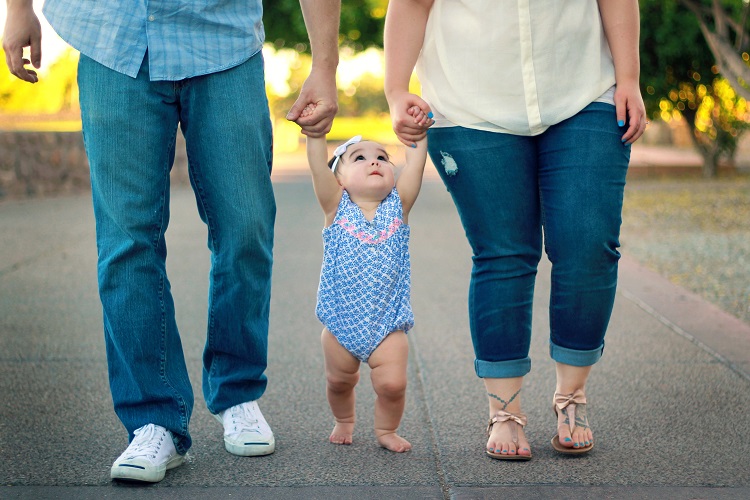We are very pleased to note the newly released version of the 2020 Census operational plan pays far more attention to children than the previous version. While there are still important steps they should take, this updated plan suggests that since the fall of 2017, the Census Bureau has become more sensitive to the high net undercount of young children in the Census and the need to do something different in the 2020 Census to address this problem.
Below is a description of some of the changes they have made. We understand they are considering additional operations changes. One of the most important change that may be under consideration is sending post cards to census tracts where there are likely to be a lot of young children at risk of being missed in the Census and to households in the Census Bureau’s administrative records file with children at risk of being missed. We strongly encourage them to make those changes. While time is getting short, they still can make operational changes that will significantly improve the count of young kids.
The updated 2020 Census operational plan (version 4) is available at https://www2.census.gov/programs-surveys/decennial/2020/program-management/planning-docs/2020-oper-plan4.pdf
In the new plan there are 17 places where the word child or children appear compared to just three instances in the previous operational plan released in the fall of 2017. https://www2.census.gov/programs-surveys/decennial/2020/program-management/planning-docs/2020-oper-plan3.pdf
Below are several of the ways in which children (and young children) were addressed in the new Operational Plan.
- In its description of Census challenges, it lists children in blended families (with two different places to live) as being at risk of being missed (page 7);
- In the operational overview it notes children and infants who sleep at the address most of the time should be included in the questionnaire. For household questionnaires and responses, everyone who usually lives and sleeps in the home—including babies and small children—should be included (page 10);
- The Bureau is researching methods to improve coverage estimates for young children and babies by using demographic analysis results by age in the correlation bias adjustment to the Post-Enumeration Survey estimates. This is particularly important. In the 2010 Census the Data from Dual-Systems Estimate method did not produce useable data for young children because of correlation bias. If the Census Bureau can solve this problem, it will produce data for young children for all the race groups and for young children living in rental housing (page 152);
- On page 202 The list of hard-to-count populations puts young children first; however, we note that the model on how to count the hard-to-count does not fully address children because none of the four major categories (Hard to Locate, Hard to Contact, Hard to Persuade, Hard to Interview) covers the primary problem for children which is the lack of inclusion when households are counted (page 202); on page 213 the plan suggests that children that may not be included falls in the “Hard to Locate” category;
- Children are mentioned as a reason for asking the relationship to householder question (page 205);
- With respect to the 2020 Census residence criteria, “language on our questionnaires helps to count all people, including young children. A summary of the residence criteria is the first thing a respondent will read on the paper questionnaire, our Internet instrument provides a help text with a clear summary of response criteria, and during field operations, respondents are shown an informational sheet with instructions on who should be counted” (page 205);
- For the follow up question to probe for undercounts, “The 2020 Census will include revised wording related to young children, who have historically been undercounted.” That question asks if there were any additional people staying in the residence April 1; the new wording first lists “children, related or unrelated, such as new born babies, grandchildren, or foster children” (page 205);
- “To address the undercount of young children, we include specific instructions in our mailing materials about including young children” (page 205);
- Enumerator training includes a case study intended to provide clarity about how to count young children during the 2020 Census. All frequently asked questions and job aids have also been updated to address counting young children. Additionally, the verbiage that enumerators use during the interview will be updated to highlight the count of children when determining the housing unit’s roster. For example, rather than using phrases such as “the census counts people/residents…” enumerators will say, “the census counts all adults and children…” Enumerators will also ask the additional coverage questions featured in the Internet self-response mode of data collection. All frequently asked questions and job aids have also been updated to address counting young children” (page 212);
- “The following is an example of an undercount question or probe asked in the Coverage Improvement instrument: ‘ I’d like to make sure that we are not missing anyone who lived or stayed at this address. Were there any babies, children, grandchildren, or foster children that you did not mention?’ ” (page 213).
___
Deborah Stein is the Network Director of the Partnership for America’s Children.








